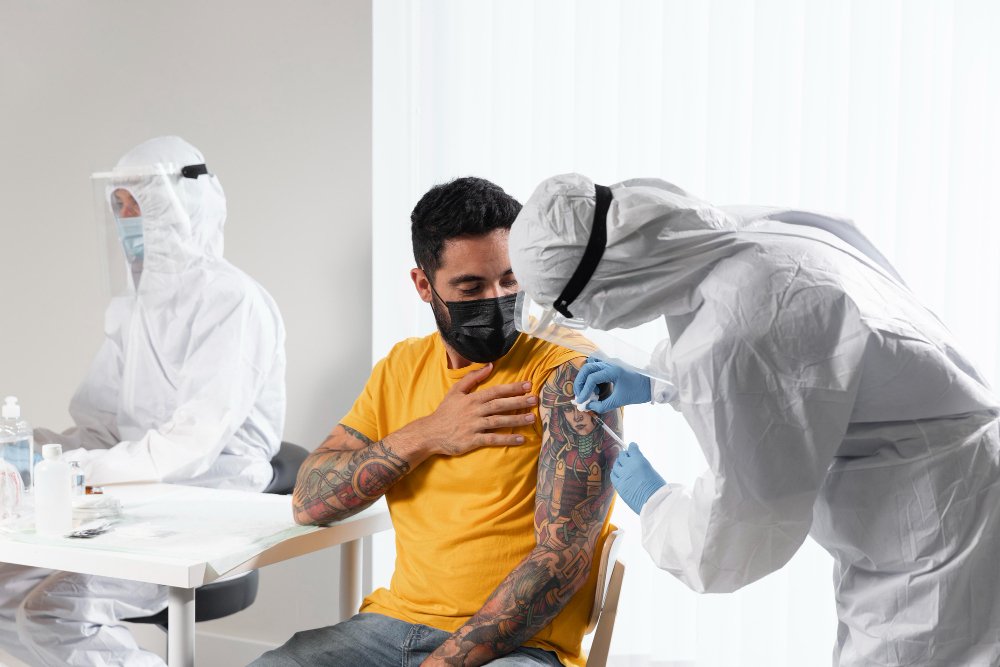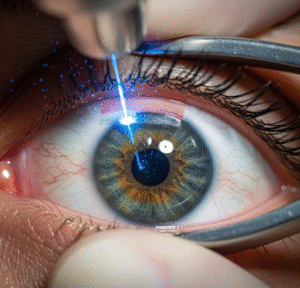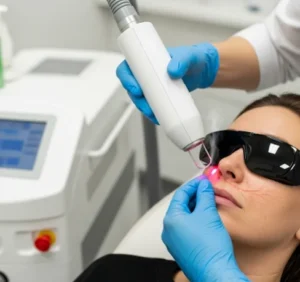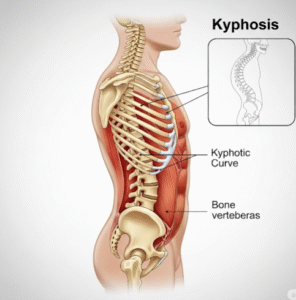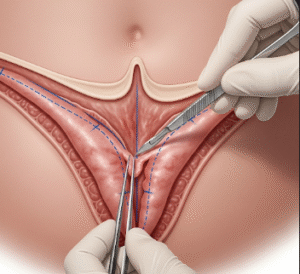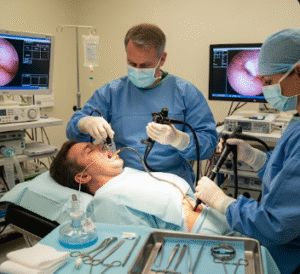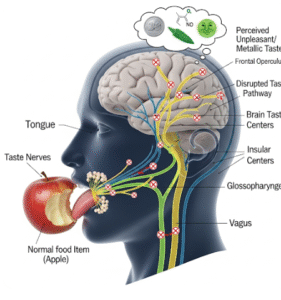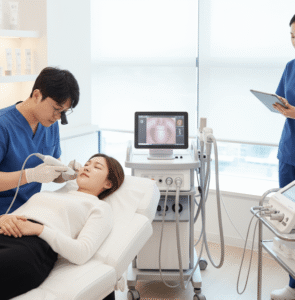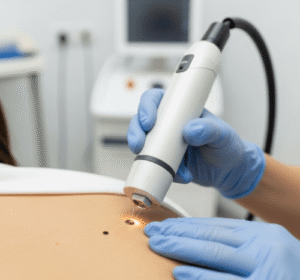Overview
Ebola virus disease (EVD), also known as Ebola hemorrhagic fever, is a rare but severe viral infection caused by the Ebola virus. While primarily reported in certain African countries, South Korea has protocols in place for early detection, treatment, and containment to prevent outbreaks. EVD can be life-threatening, with high mortality rates if not promptly treated.
What is Ebola Virus Disease?
Ebola virus disease is caused by infection with the Ebola virus, a member of the Filoviridae family. The virus attacks the immune system and damages blood vessels, leading to bleeding, organ failure, and potentially death. Human-to-human transmission occurs through direct contact with bodily fluids of infected individuals or contaminated surfaces.
Symptoms
Symptoms typically appear 2 to 21 days after exposure and may include:
- Fever and chills
- Severe headache and muscle pain
- Fatigue and weakness
- Diarrhea and vomiting
- Abdominal pain
- Unexplained bleeding or bruising
- Rash
- Organ dysfunction in severe cases
Causes
EVD is caused by infection with the Ebola virus, which spreads through:
- Direct contact with blood, saliva, urine, feces, vomit, sweat, or other body fluids of an infected person
- Contact with contaminated surfaces or medical equipment
- Handling infected animals (e.g., bats or primates)
Risk Factors
- Travel to or contact with individuals from Ebola-endemic regions
- Healthcare workers treating infected patients without proper protective equipment
- Laboratory personnel handling Ebola virus samples
- Participation in burial rituals involving direct contact with the deceased
Complications
- Severe dehydration due to vomiting and diarrhea
- Organ failure (liver, kidneys)
- Shock and multiple organ dysfunction
- Death, especially without prompt medical care
Prevention
- Strict infection control and isolation procedures
- Proper use of personal protective equipment (PPE) for healthcare workers
- Avoiding contact with infected individuals or contaminated objects
- Vaccination for high-risk populations (e.g., healthcare workers in outbreak regions)
- Prompt reporting of suspected cases to health authorities
Treatment Options in Korea
South Korea has advanced medical and infectious disease infrastructure to handle suspected or confirmed Ebola cases, although the virus is not endemic.
- Isolation and Quarantine
- Suspected patients are isolated in high-containment units in hospitals.
- Strict monitoring to prevent human-to-human transmission.
- Supportive Care
- Intravenous fluids and electrolyte replacement
- Oxygen therapy and blood pressure support
- Management of bleeding and organ dysfunction
- Medications and Vaccines
- Investigational antiviral therapies may be available under clinical trial protocols
- Ebola vaccines may be administered for prevention in high-risk personnel
- Medical Facilities
- Korea Centers for Disease Control and Prevention (KCDC) oversees surveillance and response
- Designated hospitals, including Seoul National University Hospital and Samsung Medical Center, provide specialized infectious disease care

